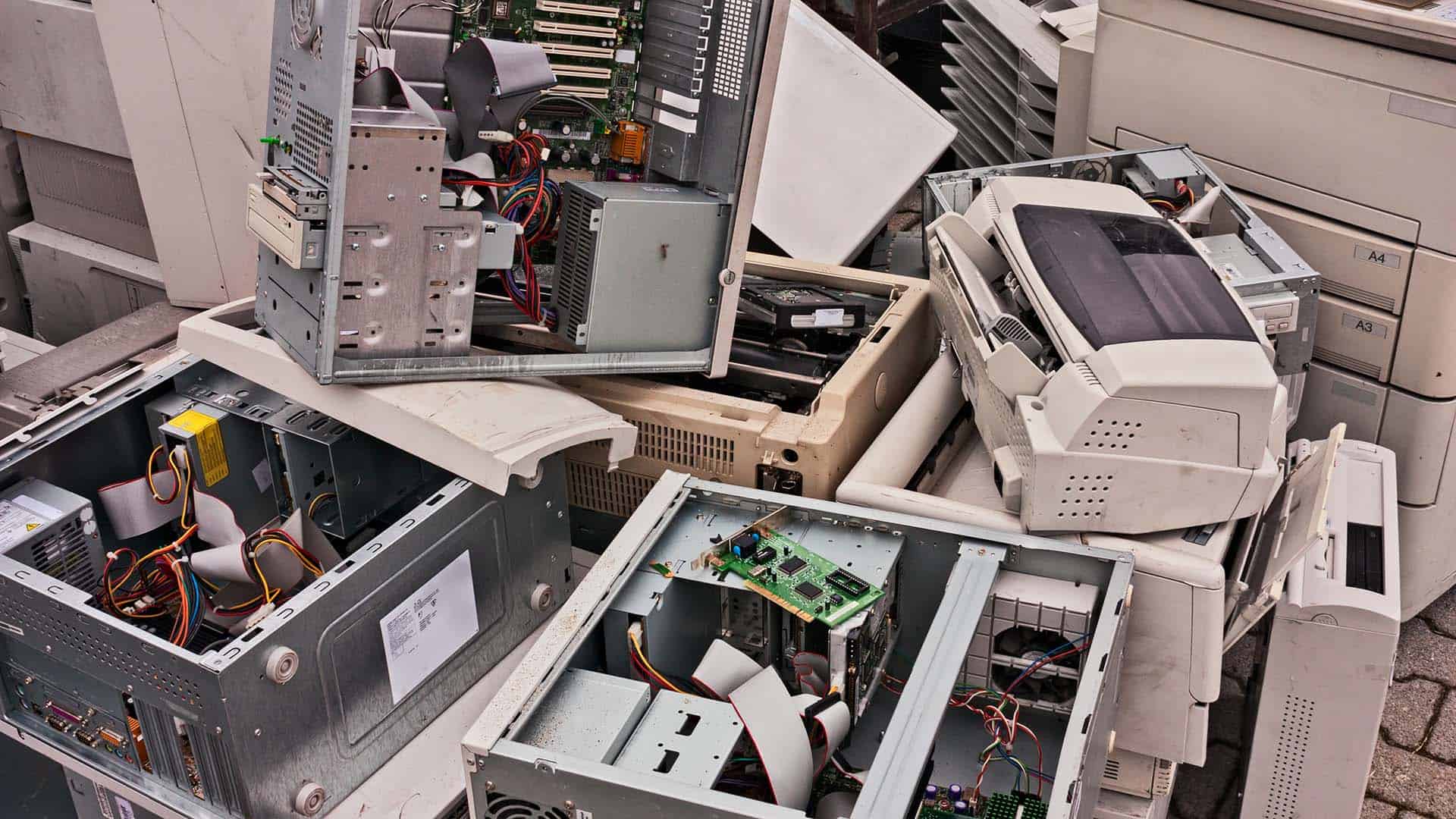
03 May Improve WEEE recycling? Let’s collect more waste
Brominated flame retardants (BFR) changed the nature of combustible plastic materials preventing fires from starting (no ignition, no fire) in electrical and electronic equipment. This includes many of our favourite items such as mobile phones, laptops, washing machines and many more. The use of BFR allows products to be lighter, more innovative and cost-effective – it fulfils safety and performance expectations from consumers throughout the use phase, but what about the post-consumer phase, does it enable circularity? The answer is yes.
Next step: collect more WEEE for more recycling
Until 2019, concerns remained regarding the handling of waste electrical and electronic equipment (WEEE) containing BFR, which was effectively addressed by the Sofies Report. At the end-of-life stage, 55% of the collected WEEE is effectively recycled with the presence of BFR not impinging on the recycling rate. The main obstacle to improving the recycling of WEEE plastics is the lack of appropriately collected materials.
In fact, at the recent International Electronics Recycling Congress 2022, experts noted again that the key issue to closing the loop is to improve the collection rate of WEEE. Once collected via official channels 98% of plastics containing BFR is handled effectively via official recycling channels.
Innovation is part of the solution
To further speed up the effective handling of WEEE it will be important to start treating new types of plastics such as PA, filled PP, PMMA and PC. Innovations are already underway to deal with the challenges. The EU funded NONTOX project tackles complex plastics defining innovative approaches to valorise recycled plastics. NONTOX include CreaSolv which will further boost recycling by effectively dealing with legacy substances including the use of previously used BFR.
Discover more about how Brominated Flame Retardants are treated in WEEE here or discover how BFR contribute to a circular economy here.




No Comments